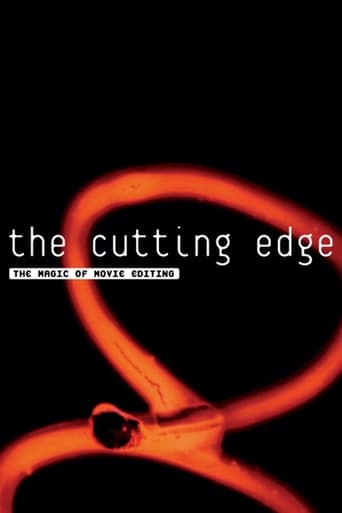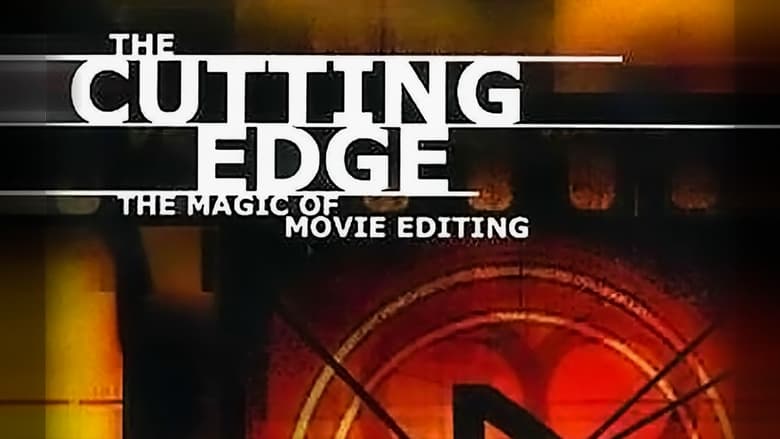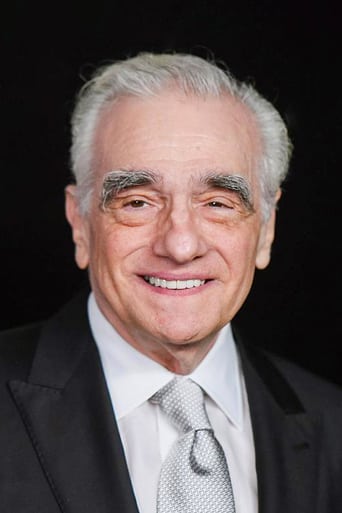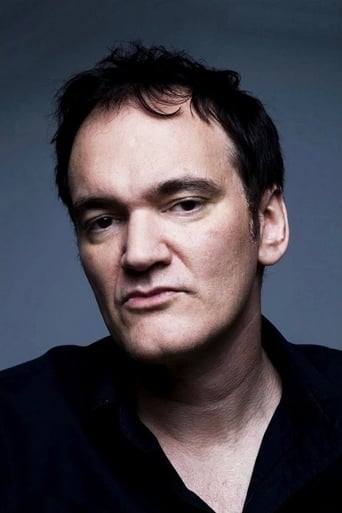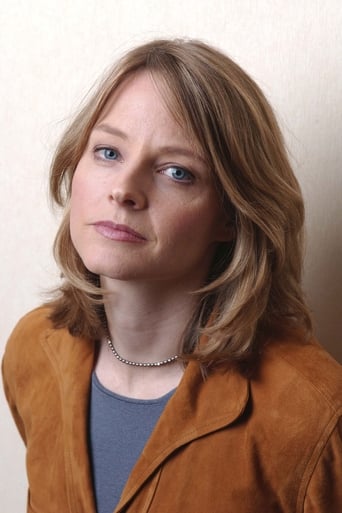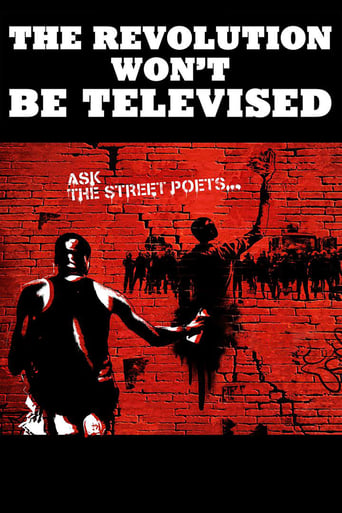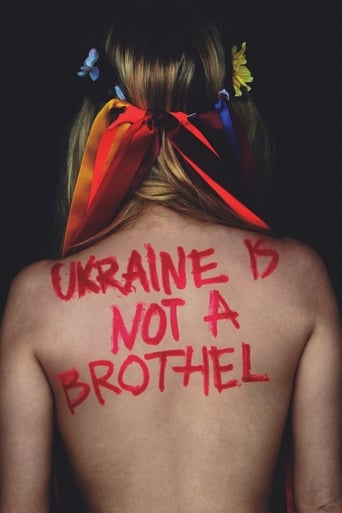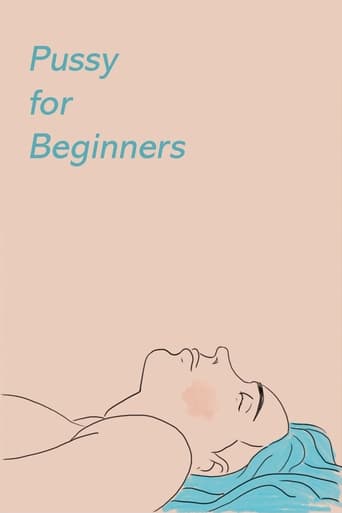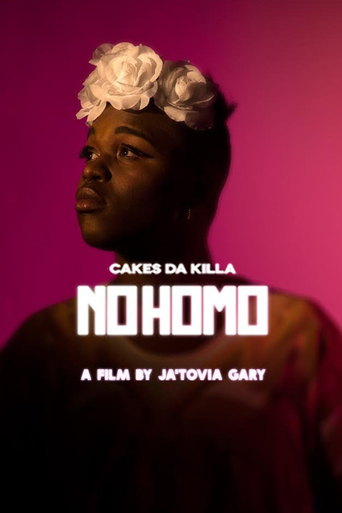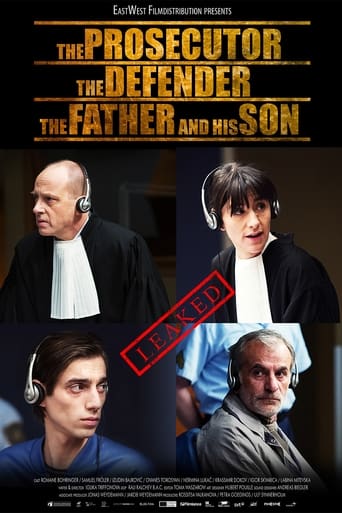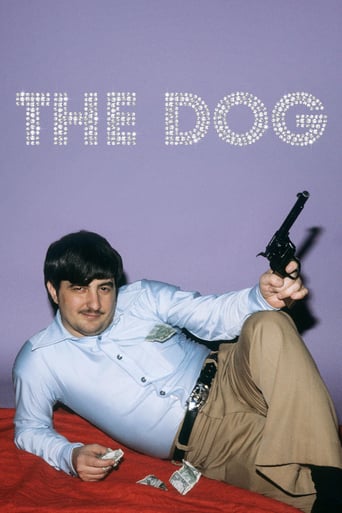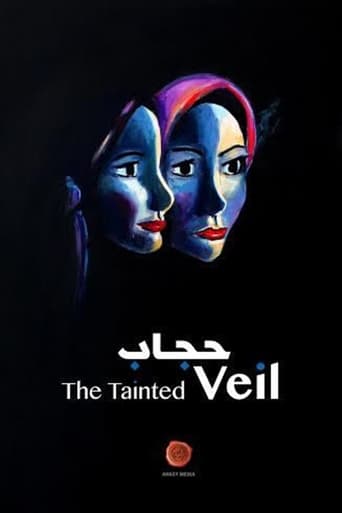The Cutting Edge: The Magic of Movie Editing (2004)
Documentary about the art of film editing. Clips are shown from many groundbreaking films with innovative editing styles.
Watch Trailer
Cast


Similar titles
Reviews
what a terribly boring film. I'm sorry but this is absolutely not deserving of best picture and will be forgotten quickly. Entertaining and engaging cinema? No. Nothing performances with flat faces and mistaking silence for subtlety.
A great movie, one of the best of this year. There was a bit of confusion at one point in the plot, but nothing serious.
Blistering performances.
There are moments that feel comical, some horrific, and some downright inspiring but the tonal shifts hardly matter as the end results come to a film that's perfect for this time.
This is fascinating stuff. There's room enough in editing for both the technician and the poet.The documentary is narrated by Kathy Bates and, as the list of participants reveals, has a couple of dozen commentators. Not all of them are household names, of course, because who knows the names of any editors? Interesting that the craft started with women seated at their desks and cutting and gluing the old-fashioned way. It was thought proper to put a film through an assembly line of women because, well, that's a woman's job, isn't it? Cutting, snipping, crocheting, macramé, sewing -- weaving away forever like Penelope.And it STILL seems to be at least one of the occupations where the men haven't moved in and taken over entirely. (Another is superstar modeling, where the beautiful woman is paid about ten times what the beautiful man is paid.) One might think of the editor as some pale ectomorph buried in his cellar, gawking into a moviola, but they're actually pretty human and proud of what they do. The closest any of the editors come to that covert stereotype is probably Walter Murch. Here he is, a thin figure in a black Beatnik pullover, neatly trimmed beard, and proper eyeglasses, with never a wry comment or an expansive movement. He knows it too. He compares editors to precision jewelers. Yet he knows exactly what he's doing and shows us, point by point, how it's done. PS: It no longer involves being bent over a table and examining frames of movie film.A nice informative job by director Wendy Apple -- and editors Daniel Loeventhal and Tim Tobin.
This excellent, engrossing and extremely illuminating documentary covers the evolution of the crucial craft of film editing from the silent era to the modern age. Editors initially started out as key, but anonymous contributors to motion pictures who in the 40's and 50's had to staunchly adhere to certain strict guidelines. D.W. Griffith played a substantial part in developing editing as a significant component of movies. The Russian filmmakers of the 20's and the French New Wave directors of the 50's further revolutionized editing by willfully breaking certain established rules. Many different aspects of film editing are extensively covered in fascinating detail: montage, juxtaposition, jump cuts, creating a rhythm, the challenge of cutting chase sequences, the importance of sound, the powerful fusion of sound and image, fragmenting time and space, the difficulty of cutting sex scenes, and the contemporary style of rapid-fire fast cutting. Moreover, we learn that the editor is the most objective person to work on a movie, plays a major role in telling the story, and often works very closely with the director in the post-production process. Such famous directors as Martin Scorsese, Steven Spielberg, Quentin Tarantino, and James Cameron discus the necessity of editors in the whole film-making process. Editors Sally Menke (who was specifically hired by Tarantino to cut "Reservoir Dogs" because he thought a female editor would be more nurturing), Dede Allen, Mark Goldblatt, Zach Staenberg, Craig McKay, Michael Tronick, Donn Cambenn, Alan Heim, and especially Walter Murch all relate great stories about editing various pictures. Kevin Tent in particular has a choice anecdote about how he paid director Alexander Payne 75 dollars to cut a specific sequence in "Election" a certain way that wound up being used in the finished feature. George Lucas hits the nail right on the head when he describes editing as "visual poetry." Kathy Bates provides the perfectly sober and respectful narration. Essential viewing.
This is a remarkable documentary, informative, interesting and successful in clarifying what is, for many, something of a mysterious process. The contributions to film making of directors, actors, designers, cinematographers and sound recordists is self evident, but the film editor's role has seldom been understood nor its importance fully recognised. This documentary is the first to give directors and editors an opportunity to explain exactly what goes on in the editing room and they have done it superbly. What a pity then, that references to the history of film editing woven into this story are cursory, inadequate and in some instances completely wrong. Martin Scorsese refers to Edwin Porters' 1902 film, Life of an American Fireman, as the very first film to be edited using crosscutting as a structuring device, and the commentary supports this view, despite convincing evidence to the contrary that was discovered in 1978. In fact the earliest discovered examples of this practise date from 1906. Equally mistaken is the assertion, made several times in this prize-winning documentary, that D.W.Griffith originated the important editing practise of action matching. In fact there is clear evidence of action matching in a British film made as early as 1903 and Griffith's first film was not made until 1908. There is considerable evidence that Griffith considered action matching to be of very little importance, and when used in his films it is often ill judged and clumsy. All this is curious in a documentary that seeks to explain the history and practise of film editing. One might have expected research on the topic to be as well informed as the comments made by most of the contributors, particularly given that the scriptwriter is Professor Mark Jonathan Harris of the School of Cinema and Television, University of Southern California.
Do you know of the importance of the Film Editor to making a great film or to leave the best on the cutting room floor? Did you know that Spielberg & Scorcese will not let any Actor into the Cutting Room (but that Sean Penn will do so)....that earlier there were "Basic Rules" to editing but that the rules went asunder under the French "New Wave"! PLEASE: Ignore the low score and note that almost all viewers gave this documentary either a TEN or a one....and we all know that there is a small percentage of IMDb'ers that truly HATE films and will do anything in their zeal to burn their path of ignorance behind them in an effort to bring everyone to their level of ignorance. How sad to disdain our basic need to learn about life and specifically to learn about what make a Great Film what it will become.

